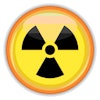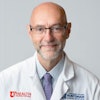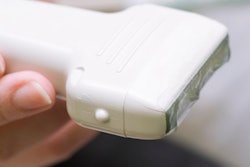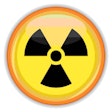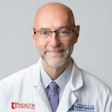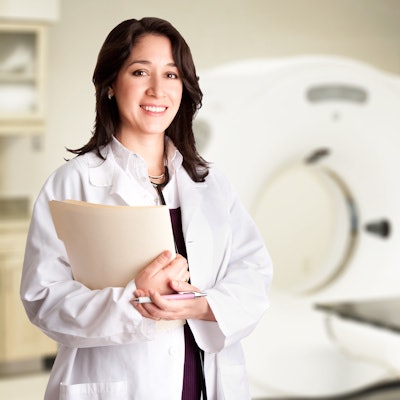
Medical students are interested in learning about radiology earlier in their curriculum -- as illustrated by one radiology residency that updated its program to include exposure to radiology in the first year, according to a paper in the June issue of Academic Radiology.
Even though most U.S. medical schools don't expose students to radiology until their later clinical years, most students are interested in medical imaging, wrote a team led by Michael Kraft from the University of Michigan Medical School.
The school's curriculum was updated to include radiology material in the first and second years of the four-year program, with a focus on emphasizing how medical imaging helps physicians resolve critical clinical questions. Kraft's group examined how students received the radiology material and whether they felt drawn to study radiology (Acad Radiol, June 2018, Vol. 25:6, pp. 780-788).
The curriculum addition consisted of a two-week course conducted in September 2016 for first-year medical students that introduced basic radiology, pathology, and pharmacology concepts. It consisted of small group seminars and online materials.
Students completed eight class hours for radiology, 12.5 for pathology, and 20.5 for pharmacology. The radiology component included a seminar on chest x-ray, a daylong training in imaging techniques, and an imaging review during two live patient case presentations. Students completed a survey both before and after the course; Kraft and colleagues received survey responses from 170 students before the course and 65 students after it.
The postcourse survey showed that medical students displayed a statistically significant increase in academic interest in radiology (p = 0.008) and a better understanding of the discipline's role in patient care (p = 0.04). On the other hand, there was no statistically significant change in their interest in pursuing radiology as a career.
| Effect of 1st-year radiology course on medical students opinions | |||
| Survey questions | Precourse (n = 170) | Postcourse (n = 65) | p-value |
| How interesting is radiology as a discipline? | |||
| Dull but important | 8.2% | 3.1% | 0.008 |
| Interesting as it relates to other areas of medicine | 32.9% | 12.3% | |
| Interesting in itself | 53.5% | 69.2% | |
| Fascinating | 5.3% | 15.4% | |
| How much impact does radiology have on patient care? | |||
| Not important to patient care | 0% | 1.5% | 0.04 |
| Marginally important | 1.2% | 1.5% | |
| Very important | 49.1% | 23.1% | |
| Essential | 49.7% | 73.9% | |
| Are you considering radiology as a career? | |||
| No | 5.9% | 1.5% | 0.112 |
| Probably not | 44.1% | 43.1% | |
| Unsure | 32.4% | 26.2% | |
| Yes | 16.5% | 23.1% | |
| One of my top choices | 1.2% | 6.2% | |
Although the difference in pre- and postcourse survey responses regarding radiology as a career was not statistically significant, there was a positive trend toward increased interest in the field after the course, the researchers noted.
"Rather than using medical imaging to supplement the concepts of other disciplines, our curriculum was designed to introduce radiology as a standalone topic," the group wrote. "[Our] data showed that an early introduction to radiology increased students' academic interest [in the field] and led to an enhanced perception of the impact imaging has on patient care."

